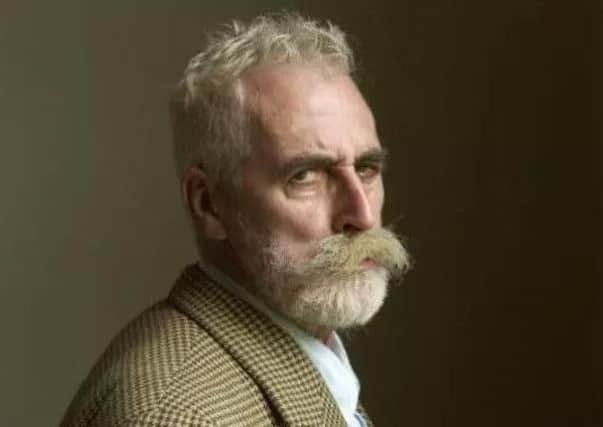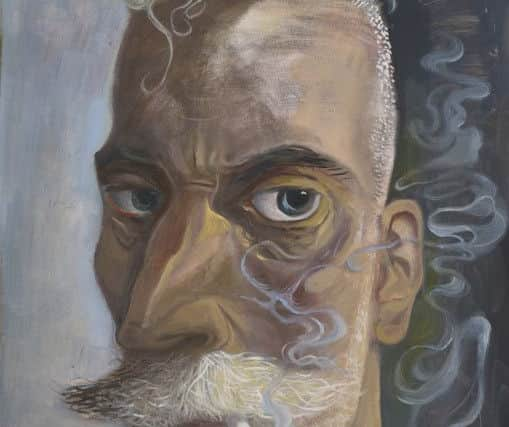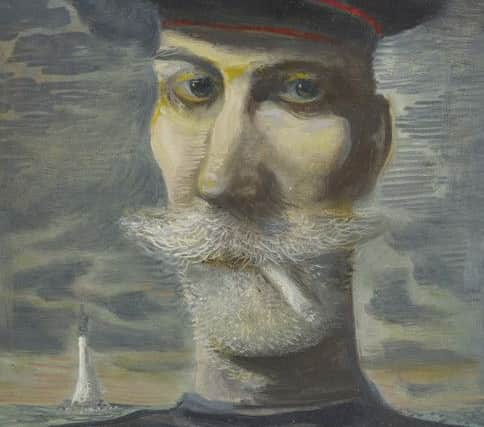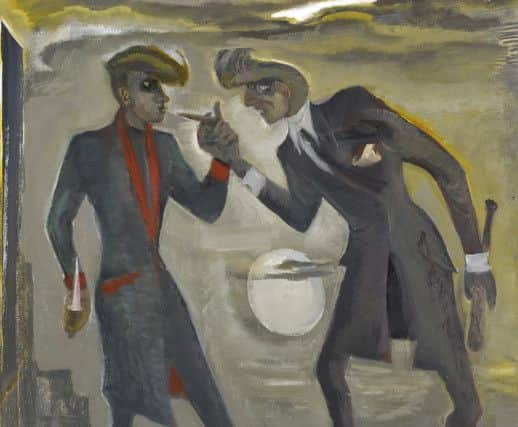Artist John Byrne unveils new '˜rogues gallery' of portraits


Nearly 30 new paintings, drawings and prints depicting everything from a secret agent, a mariner and a look-out to “Teddy Boys” and rock musicians have been created for a forthcoming show in Edinburgh.
An owl-trainer, a gardener, and a “beachboy” are among the cast of “impish players” conjured up by Byrne for the show, Rogues’ Gallery.
Advertisement
Hide AdThe artist, who turned 78 in January, has been offered his first ever solo exhibition at the historic Royal Scottish Academy gallery on The Mound 11 years after becoming a full member.


The Edinburgh-based artist, who is equally renowned as a playwright and theatre designer, appears in several disguises in the exhibition, which runs from November 17 till December 23.
He said: “Paisley inspires my writing and fuels my painting.
“I always thank God that I was brought up in what used to be called the worst slum in Europe. It gave me all ammunition and inspiration I needed for the rest of my days. It was a laugh-a-minute.”
Byrne said some of his new work reflected the fact that Paisley cotton mills had direct links to the slave trade.


He added: “Scotland’s slave trade past has always been denied and is only really coming to light now. It’s been a black lie, rather than a white lie, if you like.”
Advertisement
Hide AdIn her guide to the exhibition, gallery manager Flora La Thangue states: “Byrne has said that his childhood handed him a ‘treasure trove of language, oddballs, crooks, twisters, comics, et al’ in which he could find a ‘mit-ful of gold dust’.
“His noirish street scenes shine a light on this nefarious underbelly of society.
Advertisement
Hide Ad“Bringing his cast of impish players out of the shadows, the American rock and roll that permeated Scottish working class culture in the 1950s manifests in figures of Teddy Boys engaged in macabre pursuits on street corners, jazz guitarists strum in vertiginous cityscapes which sometimes seem to be the mills and tenement blocks of Paisley and other times the skyscrapers and brownstones of Manhattan.”


Byrne, who studied at Glasgow School of Art from 1958 to 1963, famously struggled to gain interest as a young artist, until he sent work to a London gallery, using the name Patrick, and claiming to be a retired labourer.
Ms La Thangue added: “Whilst the Patrick persona offered Byrne a route into favour with commercial galleries, it did so only under a certain guise. Masquerading as this outsider came more easily to him than fulfilling the great destiny predicted by his tutors. The costumes employed in Byrne’s many self-portraits also point to this preoccupation with disguise and a reluctance to concede to a singularly defined identity.
“Maintaining this shape-shifting persona throughout his career, Byrne’s work rejects categorisation, or even association, with movement or school. His creativity multiplies outwards, feeding on influences from art history and pop culture indiscriminately. Giotto, Titian, Rembrandt, Van Gogh, Magritte, Joan Eardley and William Crozier are all cited as significant in the formation of his visual lexicon but jazz, rock ‘n’ roll and street art are also important.”
“Casting his net widely, Byrne moulds his multifarious sources into a transmorphic array of characters and scenarios that operate in a mysterious netherworld.”